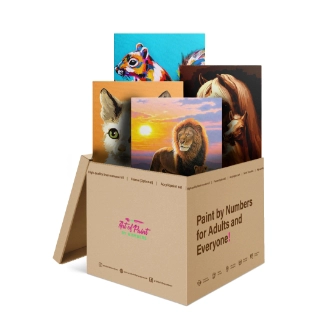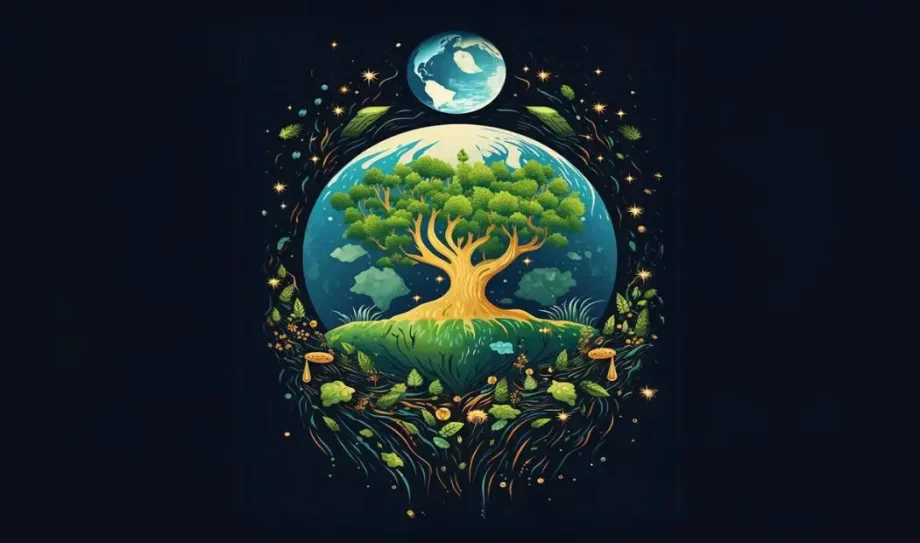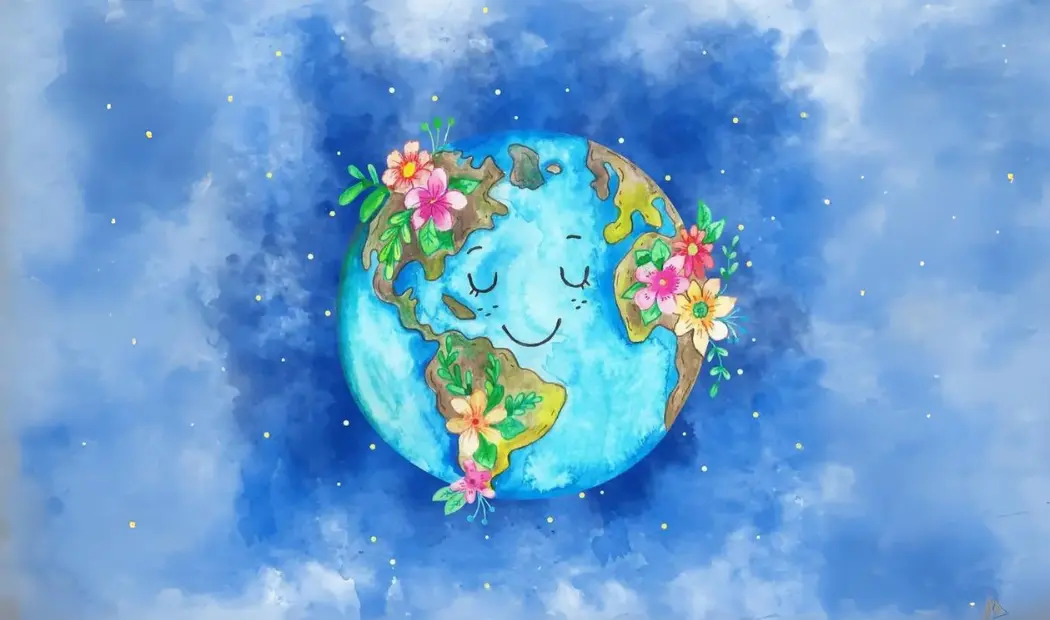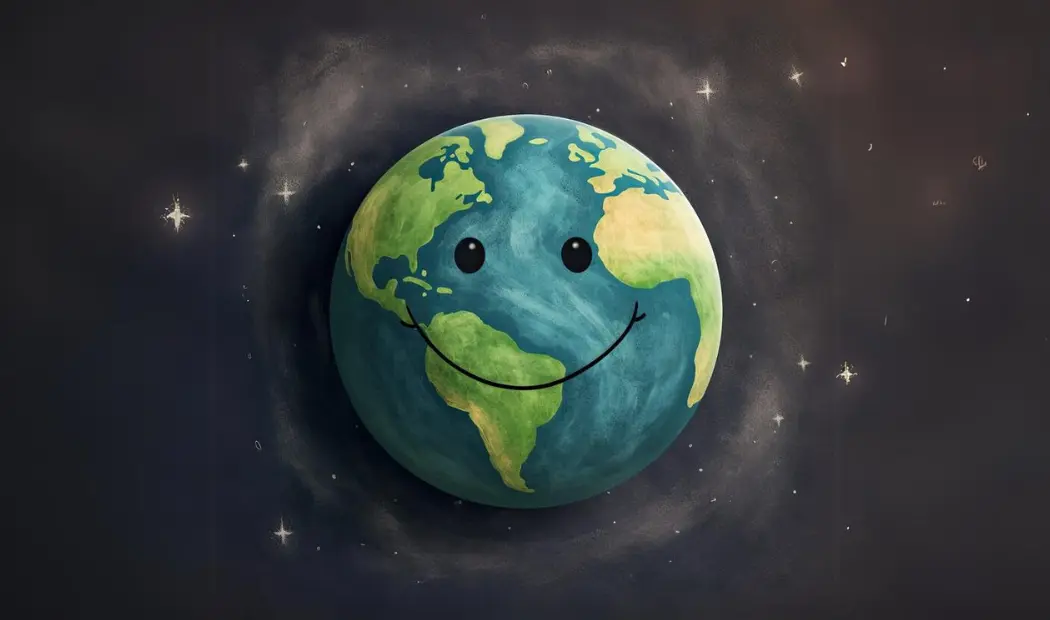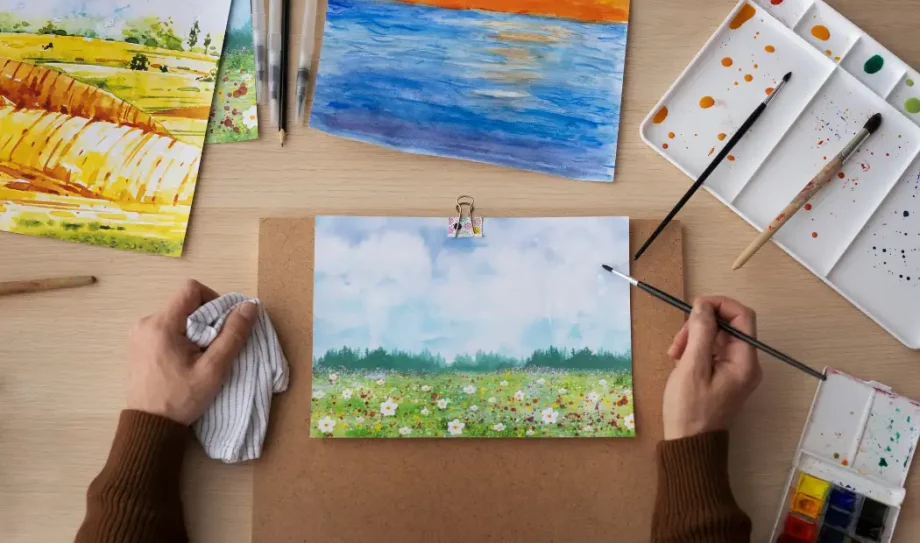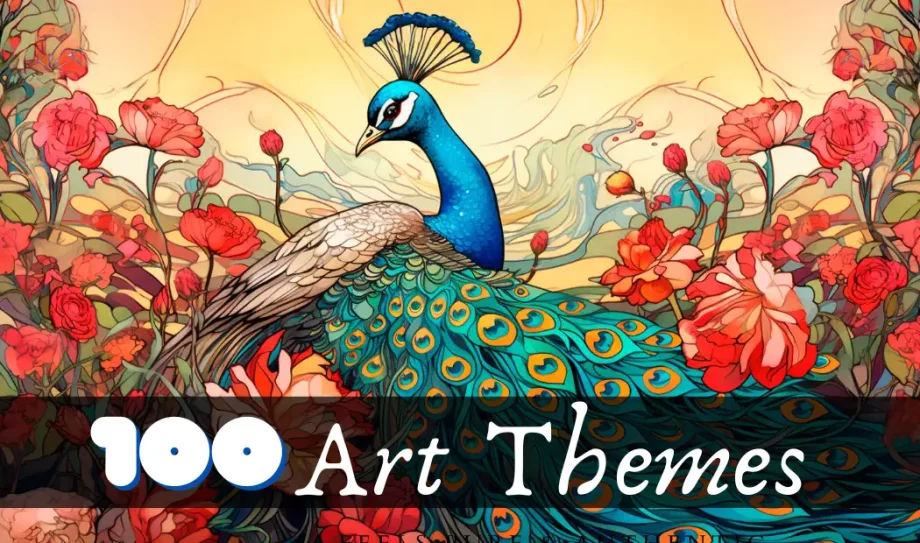Imagine standing on the crest of a hill with the wind whispering through the leaves. The soil beneath your feet is humming a quiet melody, and the sky is stretching out like a vast and untouched canvas. This is what earth painting seems to capture. The color, texture and sounds. Earth painting is a poetic dialogue between the artist and nature.
In the world of earth painting, it allows artists to connect deeply in the most soulful manner. We will discuss the material and methods that will make this connection possible that echoes the heartbeat of our planet and how to paint earth.
Essence of earth painting
Planet earth painting is grounded in the idea of using natural elements. It depicts the beauty of our planet. It is rooted in a deep respect for the environment, like soil, sand, leaves and stones into the work. It is about the celebration of translating the raw, untamed aspects of nature into something tangible. It captures the spirit of the landscape and the emotions that it stirs within. Earth painting brings these elements that are both reflective and expressive.
Earth painting ideas
There are a few paintings of planet earth ideas to check out.
- Abstract earth painting: It explores the essence of the landscape without being tied to realistic representation. It is more about capturing emotions and energies rather than physical details. It involves bold, sweeping brushstrokes and focuses on color and form.
Key elements
1. You can use colors to evoke the mood of the landscape.
2. You can play with texture.
3. Keep a minimalist approach.
- Realistic earth painting: This is more of a traditional approach. It involves the depiction of natural scenes. It requires a keen eye for details and understanding of light, shadow and perspective.
Key elements
1. You can build up the paintings of earth in layers. It starts with rough underpainting and gradually adding details.
2. You can pay close attention to how light interacts with the landscape.
3. You can use fine brushes and strokes to capture the details of the landscape.
- Impressionist earth painting: Impressionism in earth painting is about capturing the fleeting moments of nature. The play of light on water, the movement of leaves in the wind. It involves loose brushwork.
Key elements
1. You can use short, quick strokes of pure color. Blend them optically.
2. You can paint at different times of the day to capture the changing light for different qualities of light.
3. You can use diagonal lines and unconventional compositions to convey movement and energy.
- Symbolic and spiritual earth painting: Painting of the earth can be deeply symbolic and spiritual practice. Landscape is a metaphor for larger themes like life, death, renewal and the passage of time. It involves abstracts and elements of fantasy in a natural scene.
Key elements
1. You can incorporate symbols like circles, spirals or animals.
2. You can use deep purple or blue to contribute to a mystical atmosphere.
3. It can approach it like a meditative practice.
How to paint earth – techniques for a great earth painting
There are few techniques that can enhance your earth paintings.
1. Pigment creation from natural elements: Natural pigment is one of the most important aspects of earth painting. You can create your own colors by grinding up minerals, clay, flowers and leaves. It provides authenticity. These pigments can be mixed with natural gum or egg yolk.
Steps to create natural pigment:
| Material | Preparation | Color outcome |
| Red ochre soil | Grind and mix with water | Deep red/brown |
| charcoal | Crush finely and mix with water | Rich black/grey |
| Yellow clay | Dry, grind, and mix with water | Warm yellow |
| leaves | Blend and strain liquid | Various greens |
| sandstone | Crush and sift for fine powder | Soft beige |
2. Texturing with earth elements: Texture is an element in earth painting. It conveys the ruggedness or softness of the natural world. You can add sand, soil and even small stones.
- Apply layers of different soils to create depth and variations in texture.
- Small stones or pebbles can be pressed into the paint or adhered with a thick binder.
- Sprinkling sand over wet paint can also add a gritty texture that mimics natural surfaces.
3. Eco friendly painting mediums: To stay true to the earth-friendly ethos of this art form, you can use non toxic, sustainable painting mediums. They not only reduce the environmental impact but also add a unique finish to the artwork.
Popular eco friendly mediums are
- Linseed oil
- Beeswax
- Agar-agar
4. Natural brushes and tools: You can use tools like brushes from natural fibers.
| Tool | Description | Effect |
| Reed brush | Made from natural reed | Soft, flowing lines |
| Bamboo stick | Carved to a point or flat edge | Bold, angular strokes |
| Leaf | Pressed or dragged across the canvas | Delicate, natural patterns |
| Hands | Direct application, smudging | Personal, intimate textures |
Final thoughts!
To paint the earth is all about creating a meaningful connection with the natural world. It is about grinding your own pigments and texturing with earth elements. Each step in the process is an opportunity to strengthen the relationship with the environment and express the beauty.
As you start the journey, remember that there are no rules, only possibilities. Let the earth guide you about how to paint earth and allow your creativity to flow as freely and naturally as the rivers, winds and skies you seek to capture.
Looking for awesome paint by number kits? Check out Art of Paint by Number.

